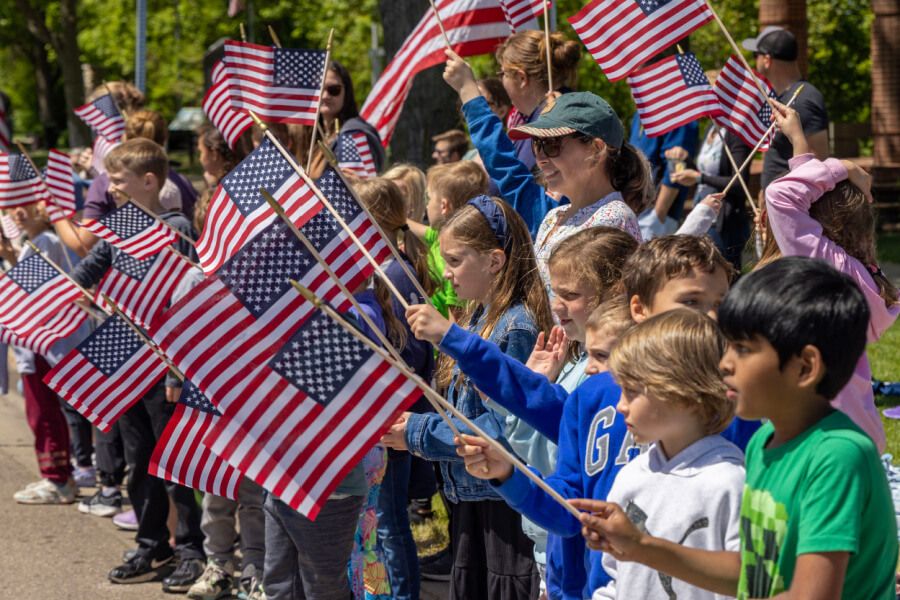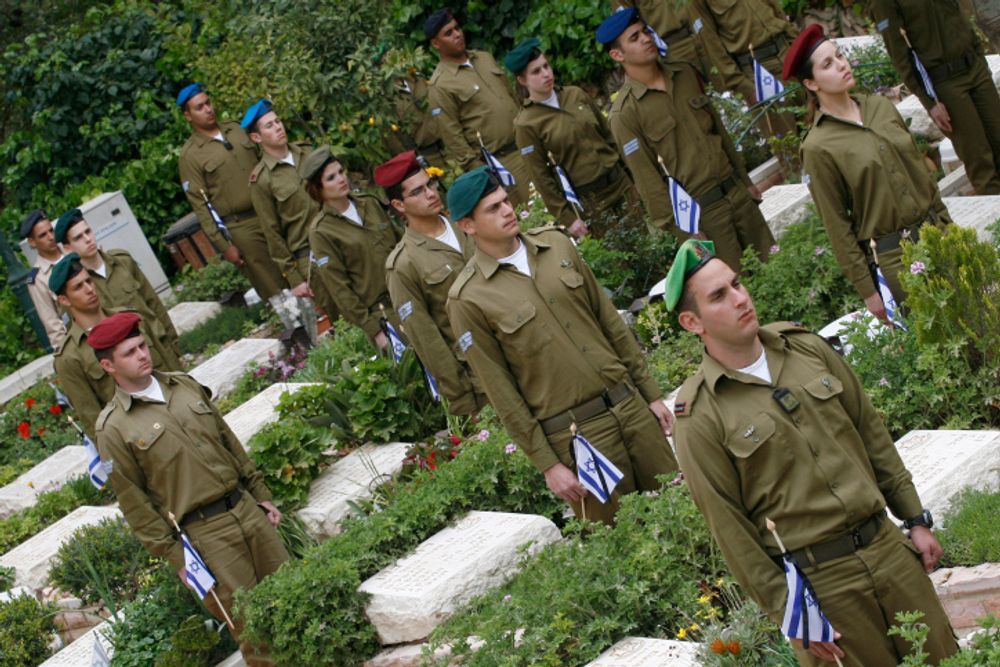Memorial Day in the United States: A Day of Sacrifice and National Reflection
Key Take-aways from this Story
Origins of Memorial Day
Memorial Day, a deeply significant holiday in the United States, is a solemn occasion set aside to honor American military personnel who lost their lives while serving in the U.S. Armed Forces. Its origins date back to the aftermath of the American Civil War, a conflict that claimed more lives than any other in American history and necessitated the establishment of the country’s first national cemeteries.
In the years following the Civil War, communities across the nation began organizing tributes to fallen soldiers. They decorated their graves with flowers, flags, and other tokens of respect. This grassroots tradition eventually gave rise to a formal observance known as Decoration Day, a name that gradually transitioned into what we now know as Memorial Day.
Why Memorial Day Matters
At its core, Memorial Day is not simply a day off work or the start of summer festivities—it is a day for national mourning, reflection, and appreciation. It offers an opportunity to pause and acknowledge the ultimate sacrifice made by service members in defense of the country’s freedoms and values.
These men and women represent all branches of the military and span generations—from those who fought in early American conflicts to the most recent global missions. Memorial Day unites Americans in remembering these individuals, many of whom rest in national cemeteries and unmarked graves around the world. Their sacrifice is central to the American identity.
When Memorial Day Is Observed
Memorial Day is observed each year on the last Monday of May. This placement was officially designated in 1971, when Congress passed the Uniform Monday Holiday Act to allow for a three-day weekend for federal holidays. In 2025, Memorial Day falls on May 26.

The timing in late May is symbolic. Spring is a season of renewal and growth, making it a fitting time to remember those who gave their lives so that others might live in freedom. Additionally, it was in late May that flowers would be in full bloom, ideal for decorating the graves of the fallen—one of the original practices of the day.
Traditions and Observances
Modern Memorial Day observances often strike a balance between somber reflection and community gathering. The day typically begins with ceremonies at military cemeteries, memorial parks, or town squares. Families place wreaths and small American flags at the graves of loved ones, while many communities organize parades featuring veterans, military units, and marching bands.
A moment of national silence is observed at 3:00 p.m. local time. This practice encourages Americans across the country to pause, wherever they may be, and reflect on the true cost of freedom. The U.S. flag is flown at half-staff from sunrise until noon, then raised to full-staff to symbolize that the nation lives on and continues to honor its fallen heroes.
Memorial Day vs. Veterans Day
There is often confusion between Memorial Day and Veterans Day. While both are patriotic holidays related to military service, their purposes are distinct. Memorial Day is reserved for honoring those who died in military service, while Veterans Day, celebrated on November 11, recognizes all who have served in the U.S. military, both living and deceased.
Understanding this difference ensures that the dignity and focus of Memorial Day are preserved, maintaining its character as a day of remembrance, not general celebration.
Cultural and Personal Significance

For many Americans, Memorial Day carries personal meaning. It’s a time to visit the resting places of parents, grandparents, siblings, children, or friends who served. For others, it may be a more symbolic gesture, driven by a desire to express national gratitude to the countless individuals they never knew but who gave everything.
It is also common for places of worship to hold special services or prayers in honor of fallen soldiers. Schools and communities may organize educational programs to teach younger generations about the holiday’s significance. Beyond the parades and picnics, there exists a nationwide thread of solemnity and respect.
A Day of Remembrance and Hope
Memorial Day is more than a date on the calendar; it is an enduring reminder of sacrifice, resilience, and national unity. In remembering the fallen, the country reaffirms its commitment to the values they died defending—liberty, democracy, and justice. It’s a moment of national reflection that encourages Americans to consider the cost of freedom and to honor those who paid the highest price.
By continuing to observe Memorial Day with dignity and purpose, future generations can better understand the true weight of war and the immense gratitude owed to those who laid down their lives in service to the nation.





0 comments